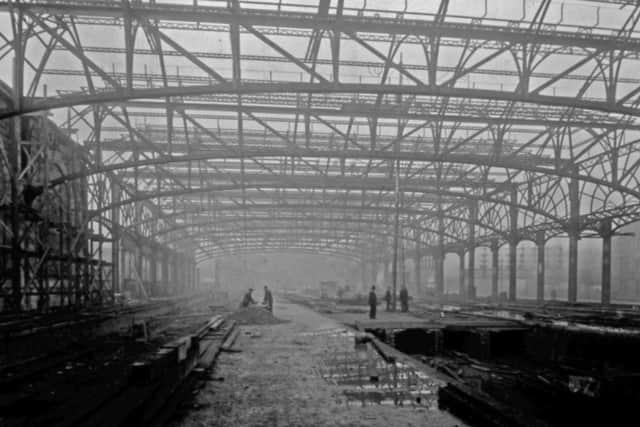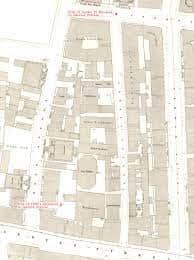The forgotten hidden village buried beneath Glasgow Central Station
and live on Freeview channel 276
Glasgow Central Station sees thousands of commuters pass through it’s concourse each and every day - from mid-week office commuters desperate to get the first train home to weekend shoppers taking their time and chatting to friends underneath the clock - but once upon a time hundreds of people worked and lived on the current site of Scotland’s busiest train station.
Most people know about the Victorian labyrinth of tunnels underneath Glasgow Central, the old platforms and train lines long since abandoned - you can even tour them. A lot less people however know about Grahamston, a village buried beneath the concrete and metal of the Victorian megastructure.
Advertisement
Hide AdAdvertisement
Hide AdMore than 29 million people travel through Glasgow Central each year - passing over what was once a thriving village in Glasgow.
Glaswegians will know that Glasgow was once formed of a great number of smaller independent villages bounded by one another - creating a community spirit that persisits even today in communities like Finnieston, Dennistoun, Govanhill, and many more.


What was once a community where people lived, worked, and created families is now buried underneath modern Glasgow with barely a trace.
The first piece of evidence we have of Grahamston existing is a map of Glasgow from around 1680 - around that era it would have been little more than a row of thatched cottages, but as Glasgow grew, Grahamston grew with it - transmogrifying into the industrial heart of the city as Glasgow’s tobacco trade made way for the Industrial Revolution in the city.
Advertisement
Hide AdAdvertisement
Hide Ad

At the time of it’s establishment, Grahamston was a satellite village of Glasgow, just outside the Western boundary of Glasgow. The village was given it’s name by the landowner, John Graham the Second of Dougalston - who owned the land from Argyle Street north to Gordon Street and from west of Mitchell Street to Hope Street - a parcel of land that would be worth a significant amount of money today.
Hundreds of years of history in Grahamston was nigh-on erased when the plans for Glasgow Central were established in the 1870s. It must have been uncertain time for the people of the village - as it wasn’t entirely clear where the Central Station would be built - original plans had it on the south of the River Clyde but disagreements from trade guilds and merchants elongated the planning process.
It’s said that about 2,000 people lived in Grahamston - with around 300 businesses ranging from barbers to grocers to haberdasheries - these would all be buried or cleared when work began on Glasgow Central in 1879.
It was a necessary process for Glasgow - they needed an industrial heart for the city, it’s steel veins pumping coal, iron and smoke in and out of the city - facilitating Glasgow to take it’s seat as the second city of an empire that spanned the entire globe, the workhouse of Great Britain.
Advertisement
Hide AdAdvertisement
Hide AdFrom maps we can tell the main throughfare of Grahamston was Alston Street - a road where mothers watched from the windows as their children played in the street - is now completely wiped off the map of modern Glasgow. It still exists in parts, despite being a couple of stories underground. The name is remembered by Alston Bar & Beef, a cellar restaurant at the entrance to Central Station.
You can still see evidence of Grahamston today in two city centre buildings - the Rennie Mackintosh Hotel on Union Street and the Grant Arms pub on Argyle Street.
Comment Guidelines
National World encourages reader discussion on our stories. User feedback, insights and back-and-forth exchanges add a rich layer of context to reporting. Please review our Community Guidelines before commenting.
